Understanding shapes Worksheets for Ages 5-6
6 filtered results
-
From - To
Unlock the world of geometry with our "Understanding Shapes Worksheets for Ages 5-6." Designed to engage young minds, these worksheets help kids recognize and differentiate between various shapes through interactive activities. Vibrant illustrations and child-friendly instructions make learning fun, ensuring mastery of essential geometry concepts. Suitable for both classroom and home learning, the worksheets boost fine motor skills and visual-spatial awareness. Start your child's mathematical journey today with our expertly crafted resources, tailored for early learners. Enhance their educational experience with creativity and confidence-building practice. Explore our captivating worksheets and watch your little ones excel in understanding shapes!
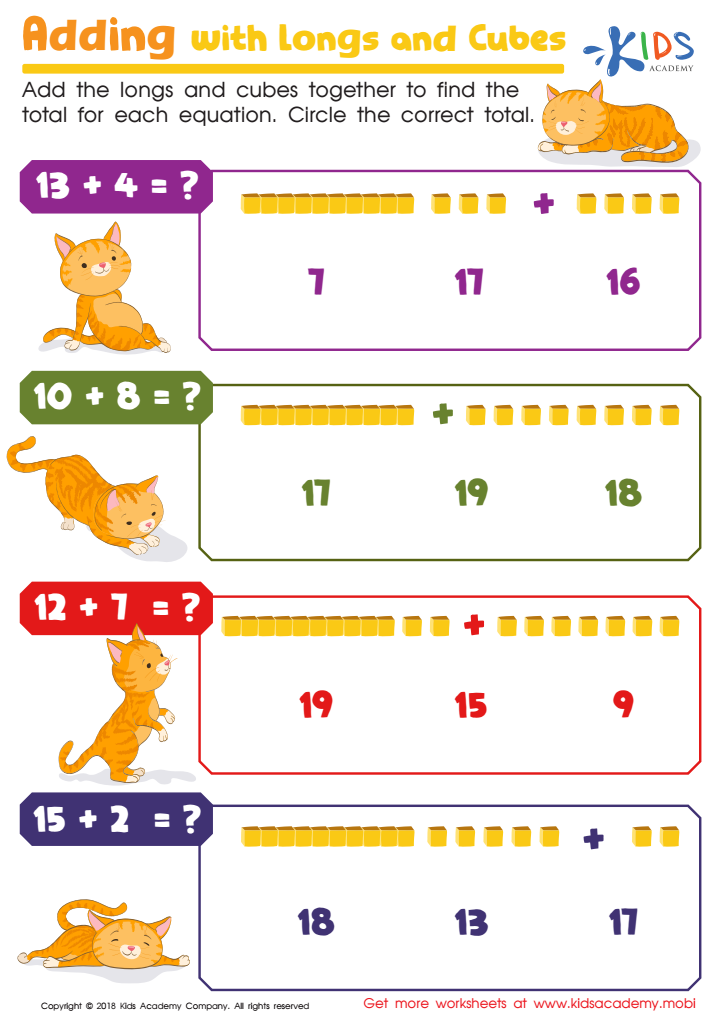

Adding With Longs and Cubes Worksheet
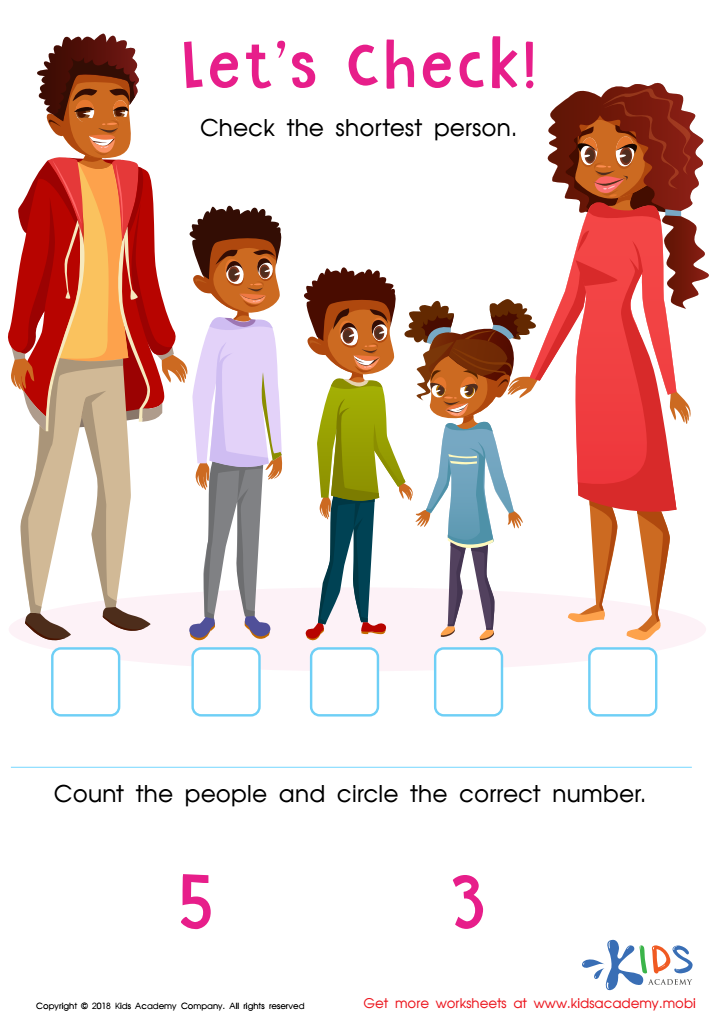

Let's Check! Assessment Worksheet
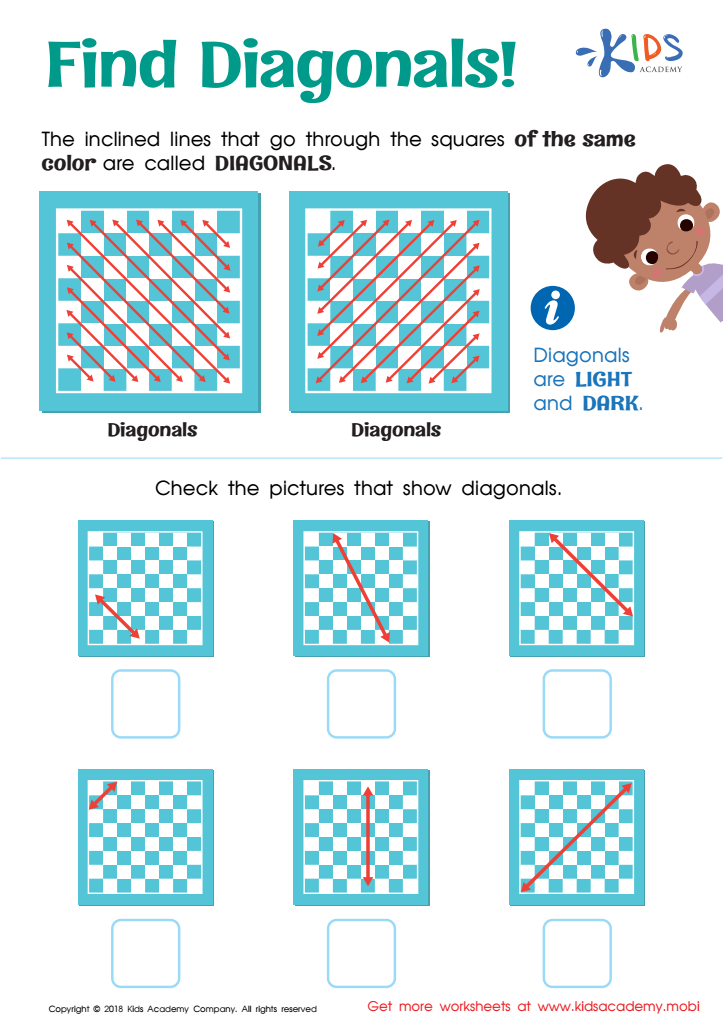

Find Diagonals Worksheet


Three–Dimensional Shapes: Cylinder Worksheet
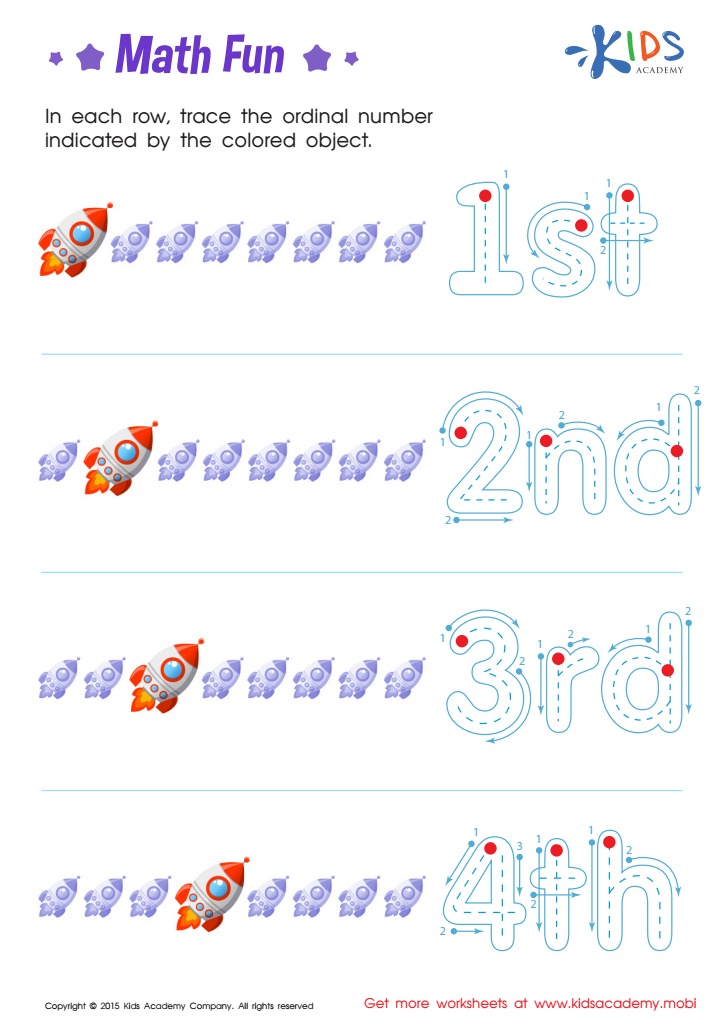

Ordinal Numbers: Math Fun Worksheet
Understanding shapes is foundational for young learners aged 5-6, playing a crucial role in their cognitive and academic development. For parents and teachers, fostering shape recognition is essential because it builds the groundwork for more complex mathematical concepts such as geometry, graphing, and problem-solving. Children at this age start grasping the basics of spatial awareness, which translates into better understanding directions, locations, and relationships between objects.
Shapes are naturally appealing and easily observable in both classroom and home environments, providing ample opportunities for hands-on learning. Identifying and classifying shapes can enhance memory, detail recognition, and analytical skills. This practice often incorporates activities like sorting, crafting, and games, which also improve fine motor skills and hand-eye coordination.
Moreover, shape recognition is connected to literacy development. For example, understanding that the shapes of letters and numbers require precise forms improves handwriting and reading readiness. Shapes carry cultural relevance, appearing in daily life from traffic signs to art, helping children make sense of and navigate their worlds.
Therefore, an investment in teaching shapes is more than just a mathematical endeavor. It's about equipping children with life skills that enhance their overall development and prepare them for future academic success.
 Assign to My Students
Assign to My Students
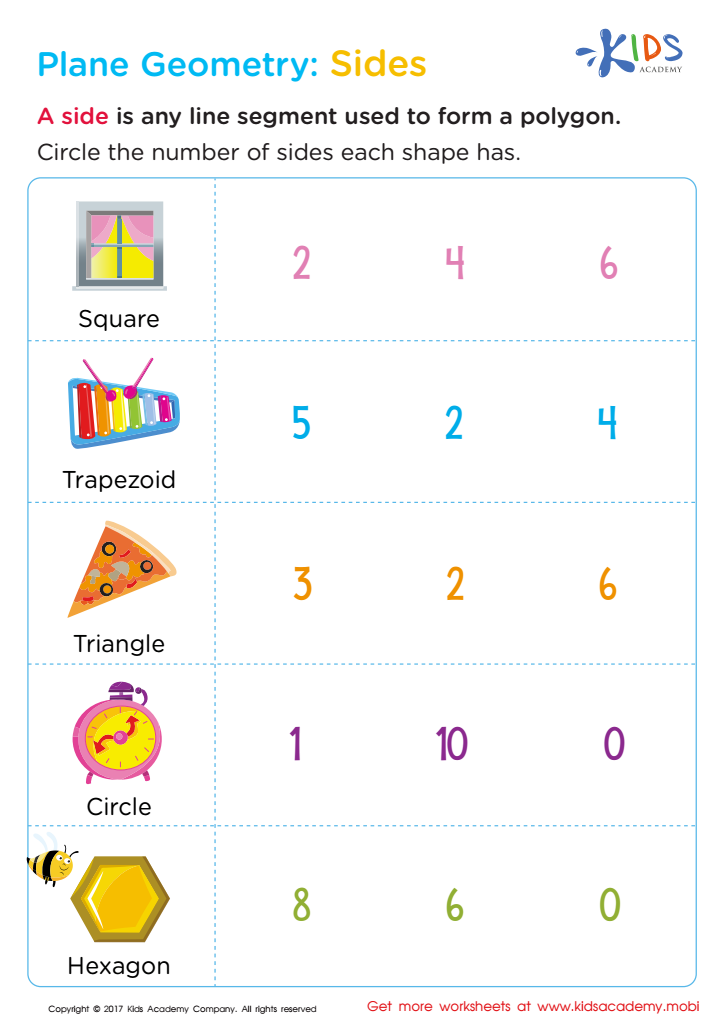



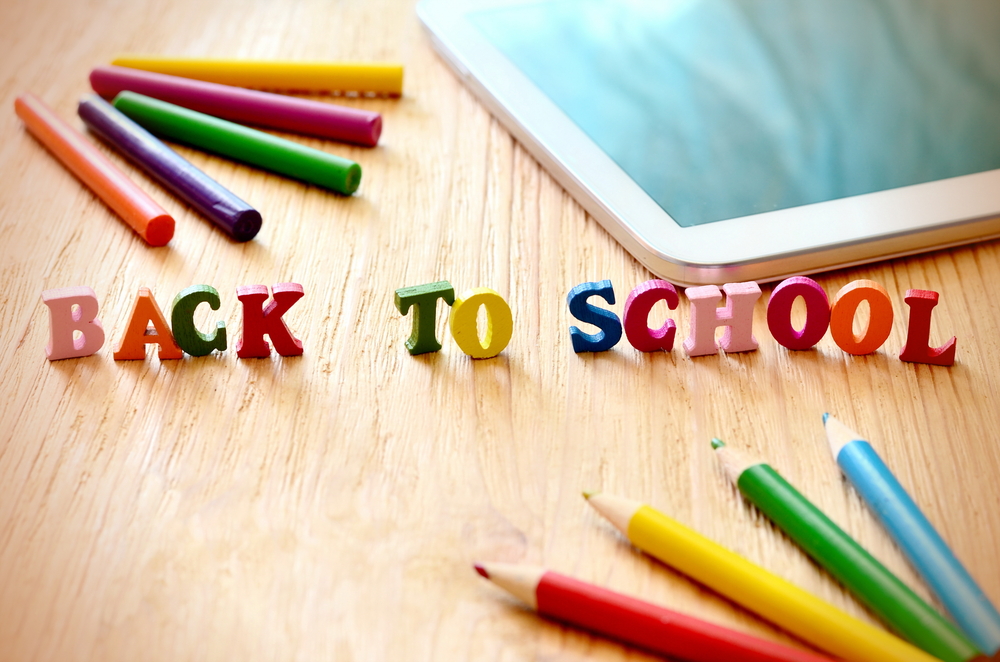
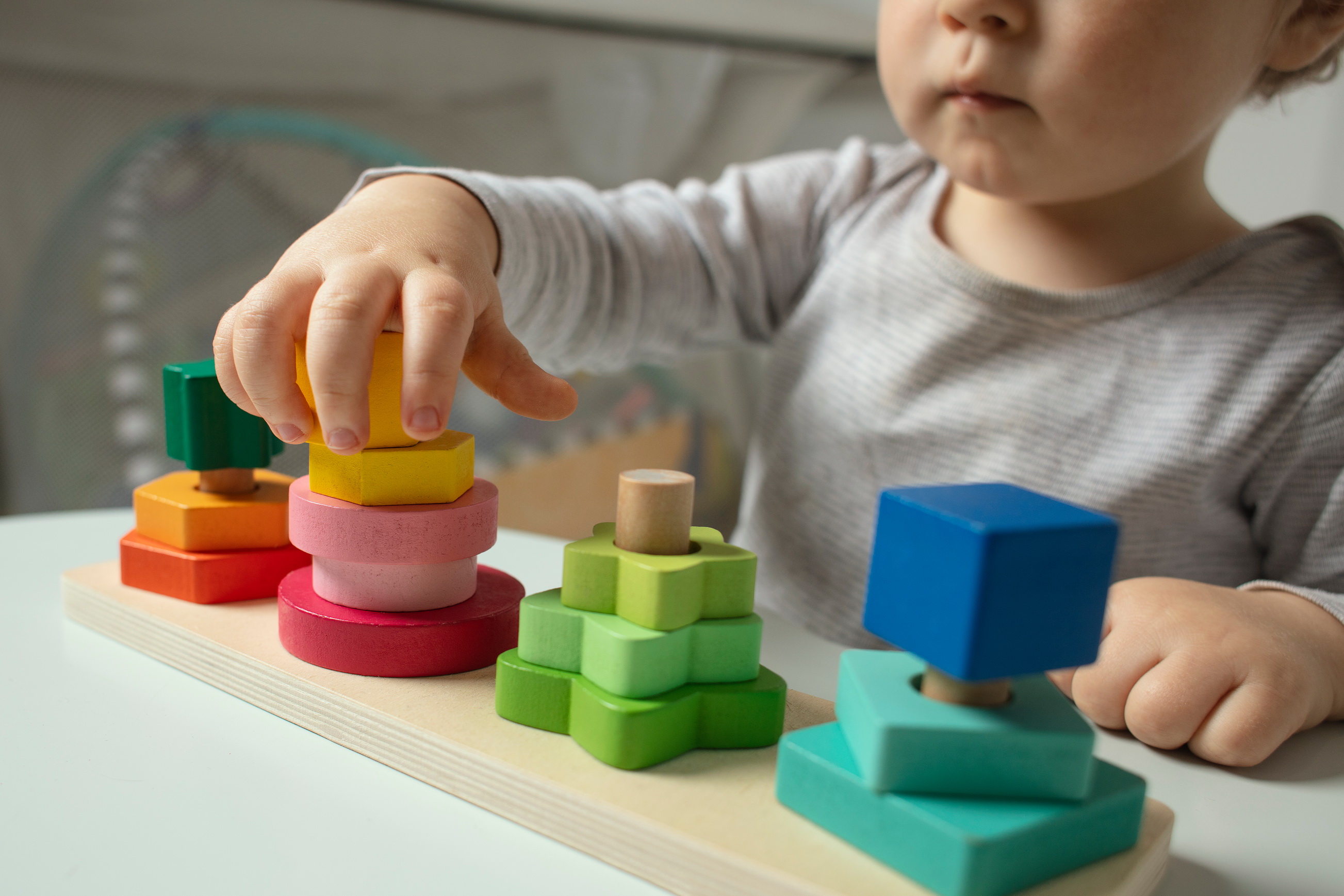


.jpg)







